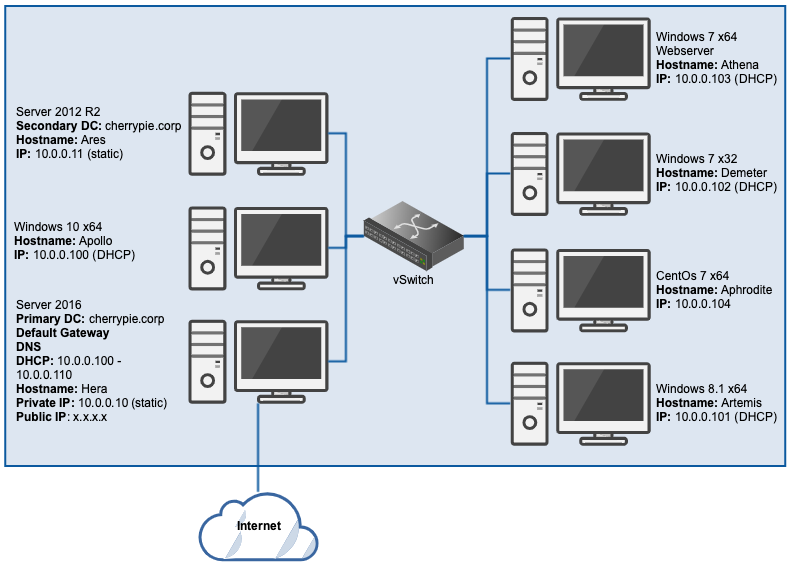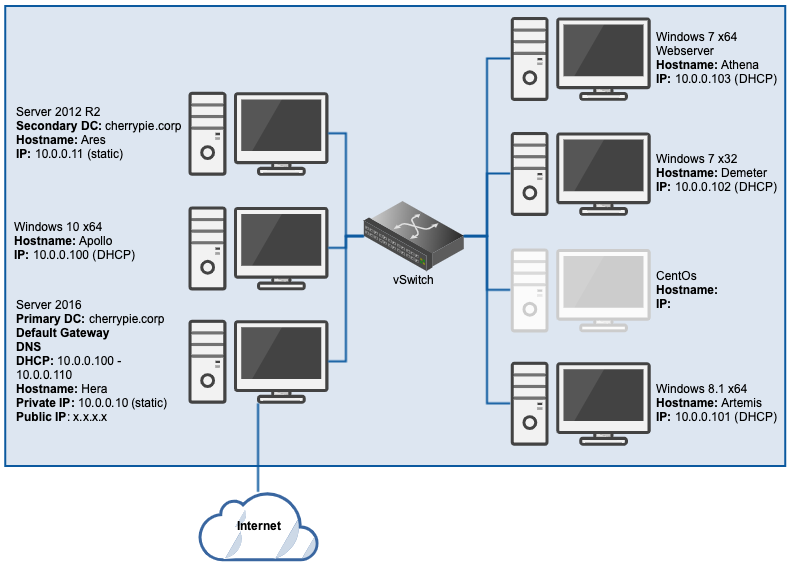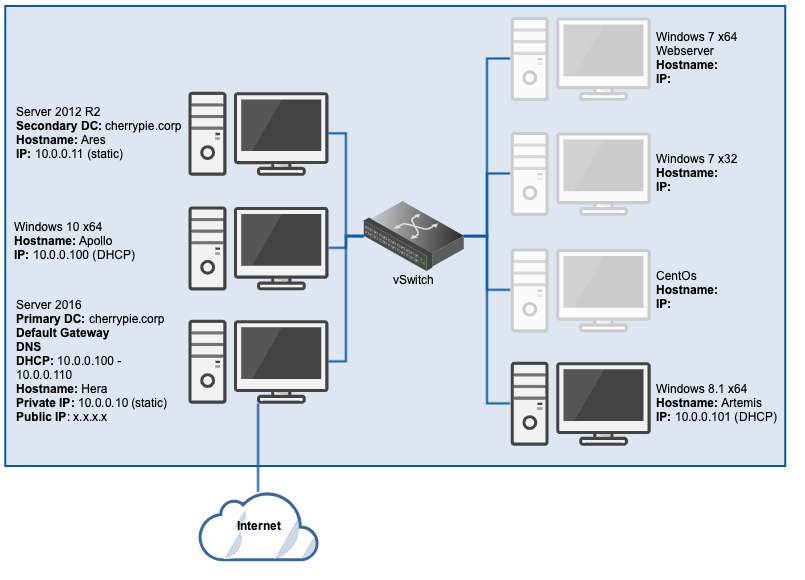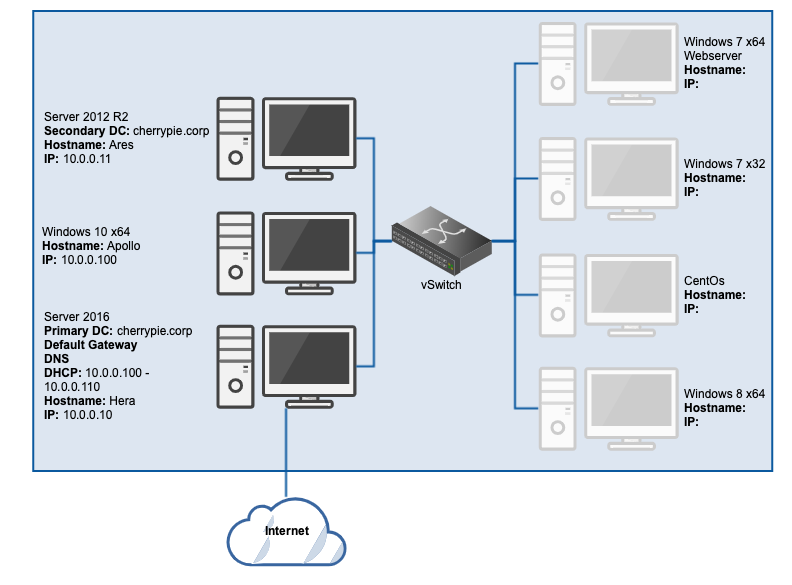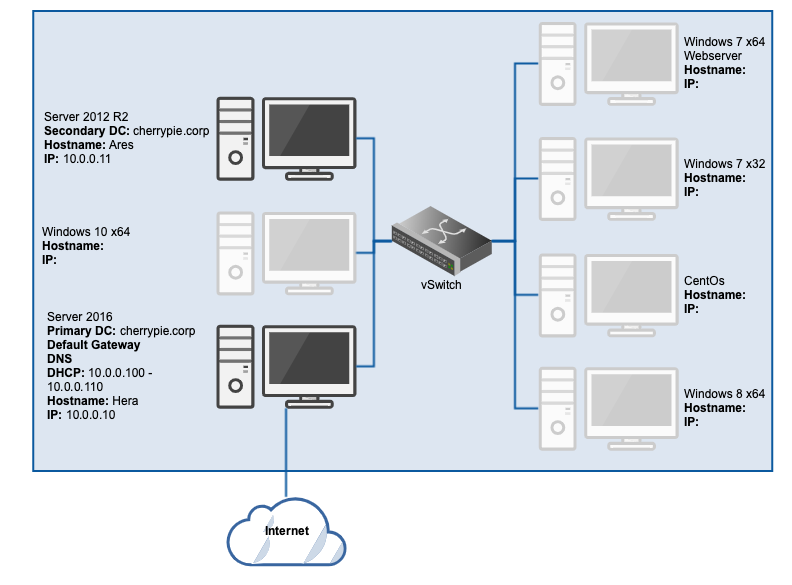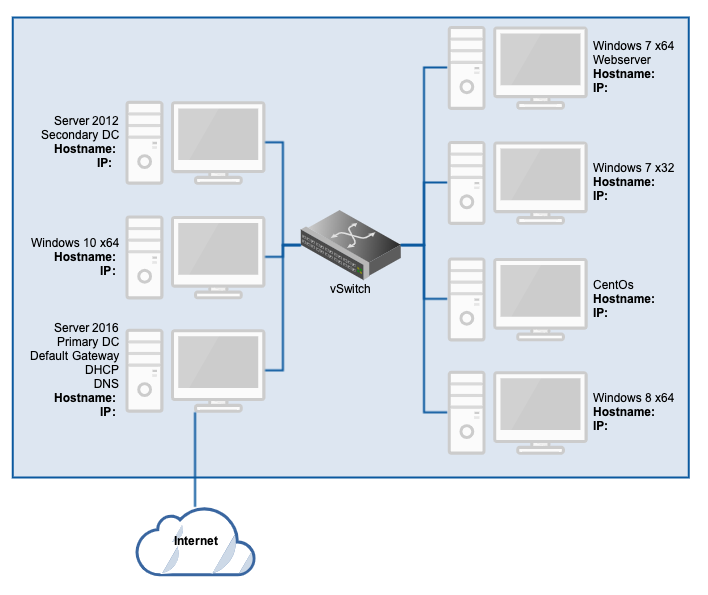A Roadmap to Earning Your First (or Next) SANS Certification
I’m in no way saying that certs or degrees are the only path to success. There are definitely individuals in the field who’ve never taken a cert or completed a degree and are super successful. However, I think those individuals are rare, they’re the exception (i.e. exceptional). In my experience (and it’s only my experience I can speak from), certs are the fastest way to get skilled up in an area where you have knowledge gaps. With that said, let’s get started.


